20 years Industry experience
72 Sets Precision CNC Machine
Trusted by over 40000+ customers
100% Fully inspected before delivery
99.8% on-time delivery rate, as fast as 1 day
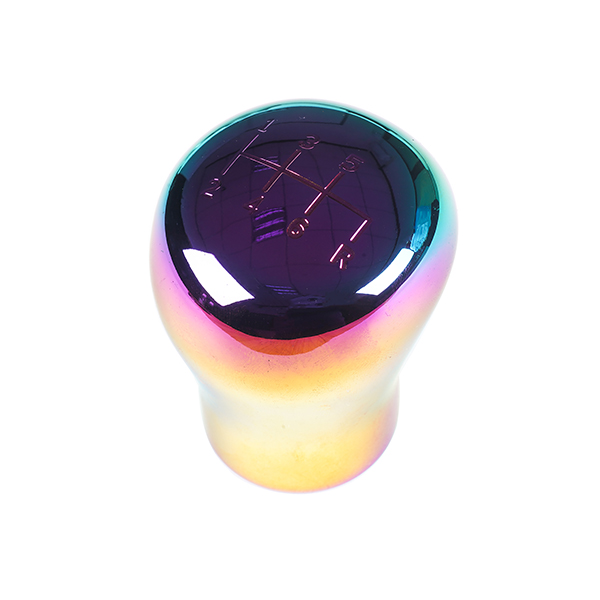

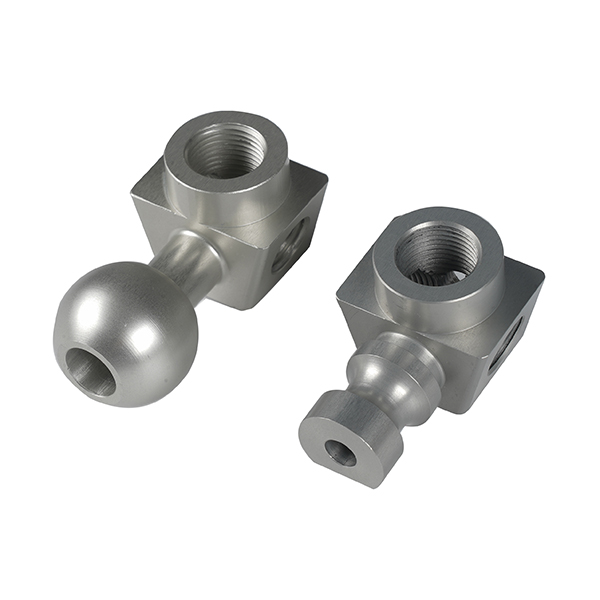
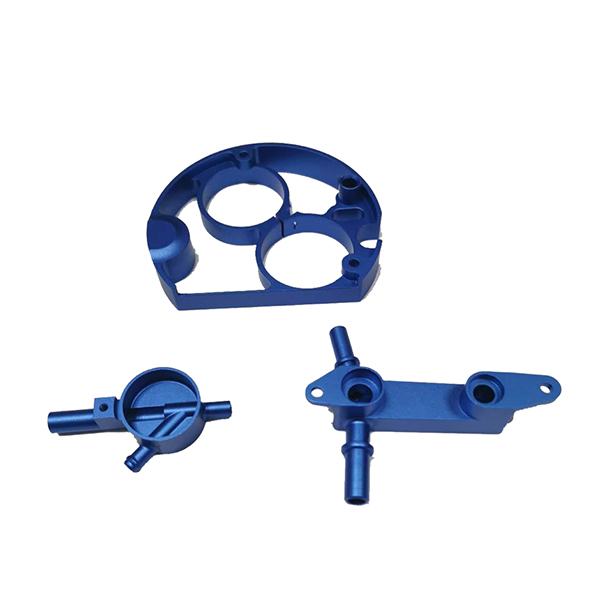
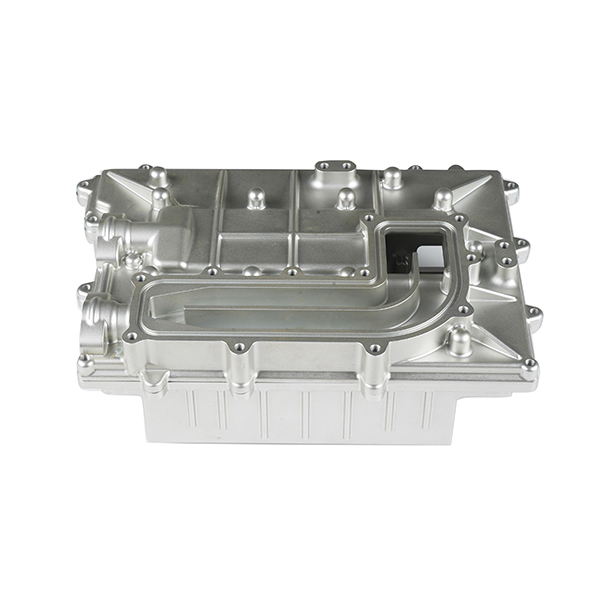
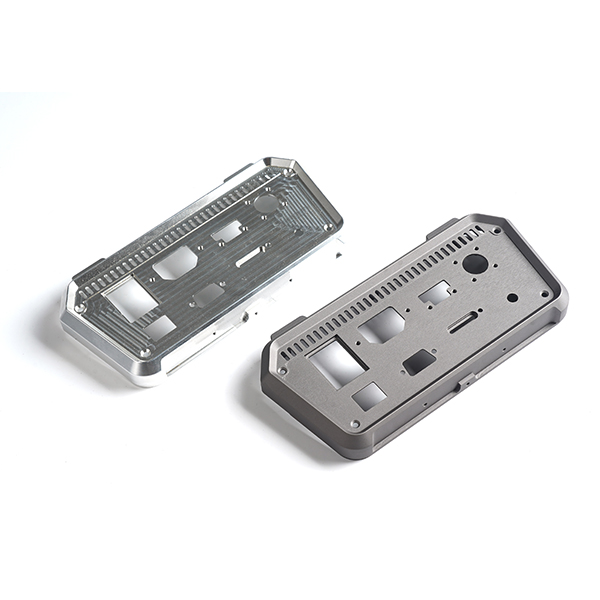
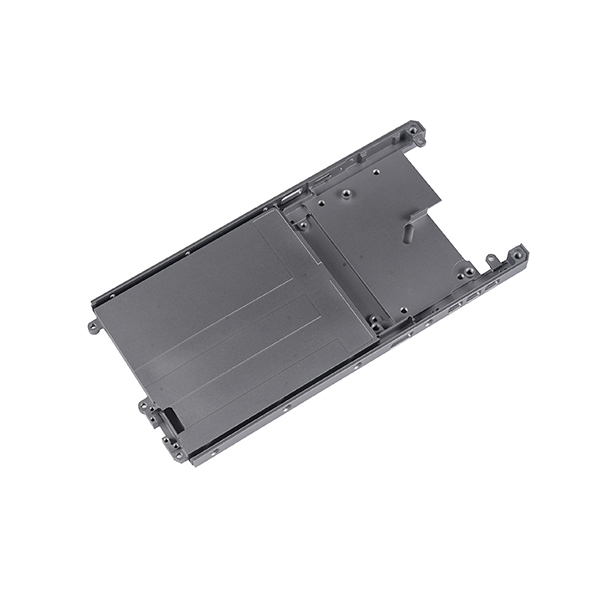
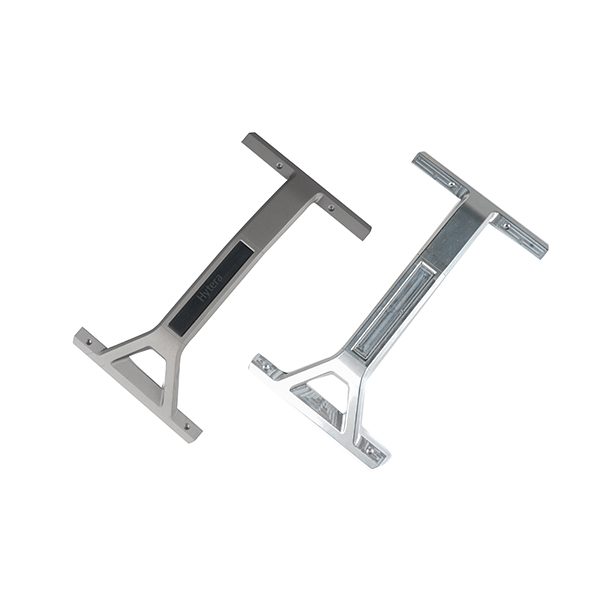
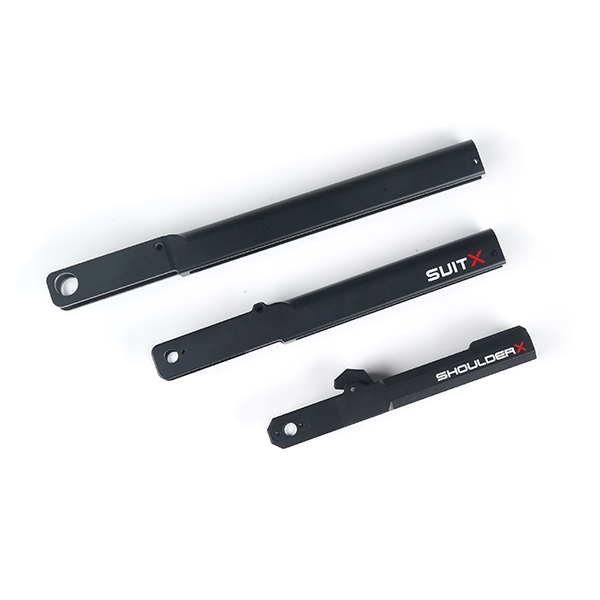


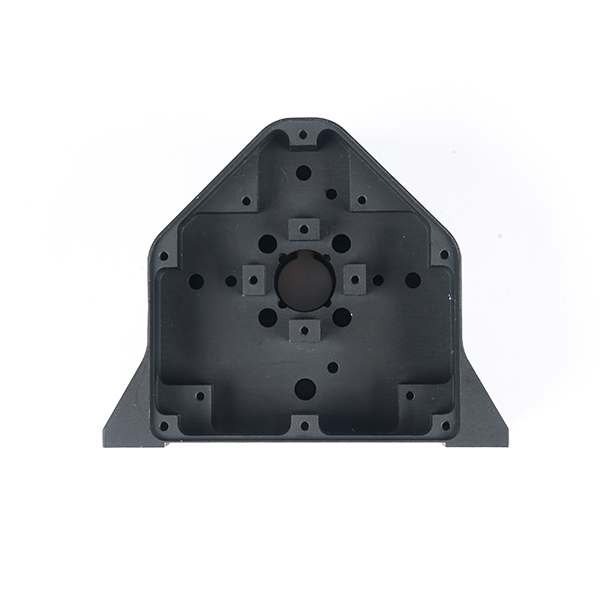
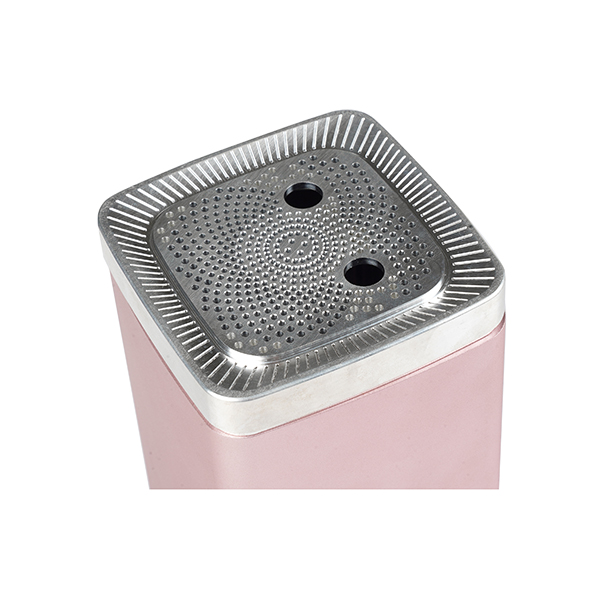

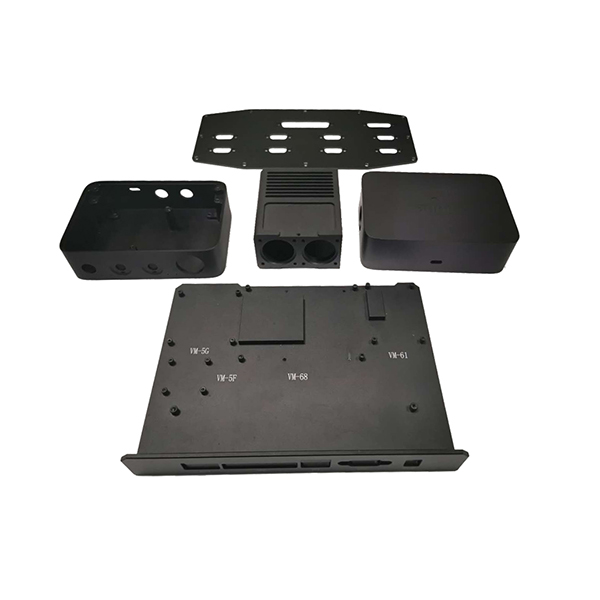

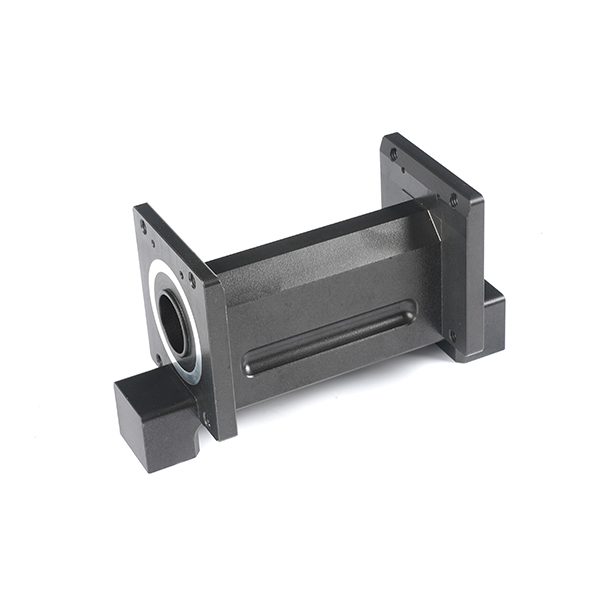
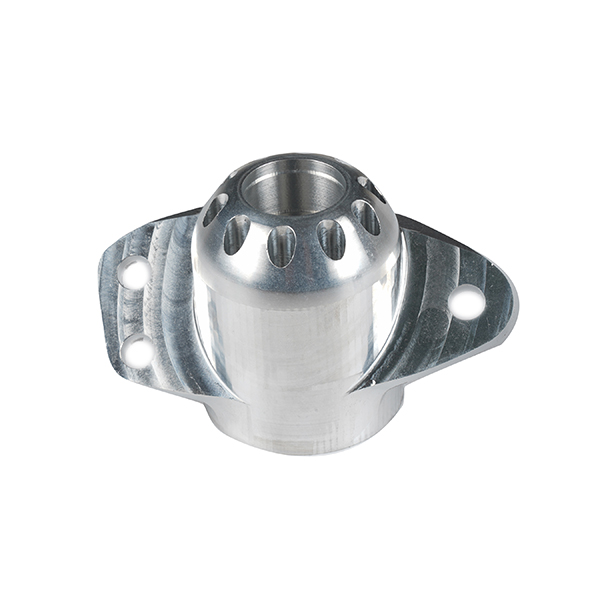
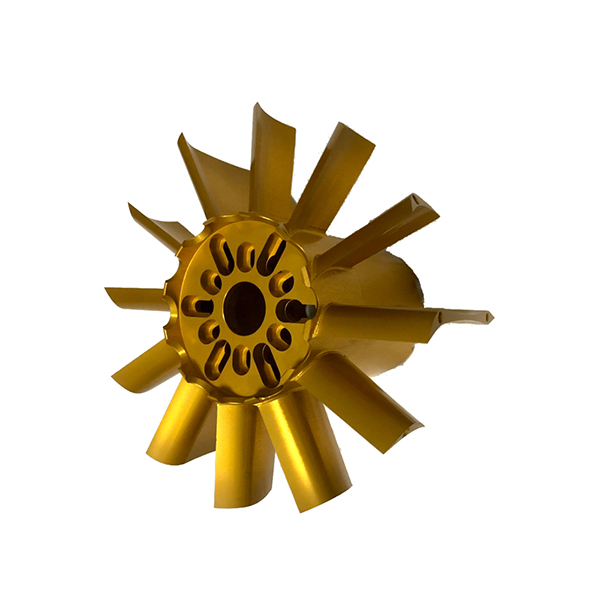

Dongguan shuo wei hardware co., ltd. is located in the so-called world factory - dongguan city. The company was established in August 2004 (formerly dongguan jing tuo hardware factory) as the trend of the development of the business in 2011 officially changed to: new moon shuo wei hardware products co., LTD., dongguan city, form a complete set of standardized production workshop 1500 square meters. Engaged in professional design and manufacturing of CNC precision parts source manufacturers.At pr···
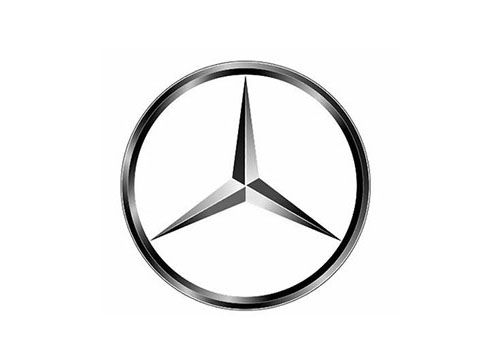
It was an amazing experience to work with SogaWorks people. They are very professional caring and kept up smooth communication over our outsourced parts production. We will continue partner with their service for future projects.
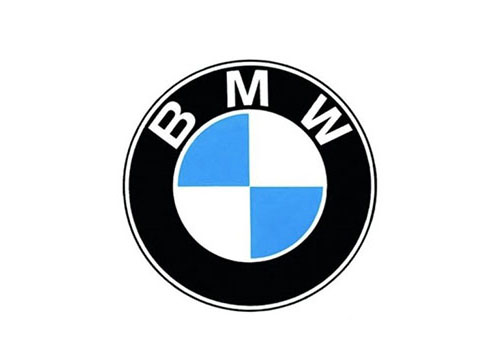
We have lots of projects for small quantity parts. SogaWorks has always treated our requests fairly. What is more, they provided us valuable technical feedbacks. We really appreciate their genuine desire to help.
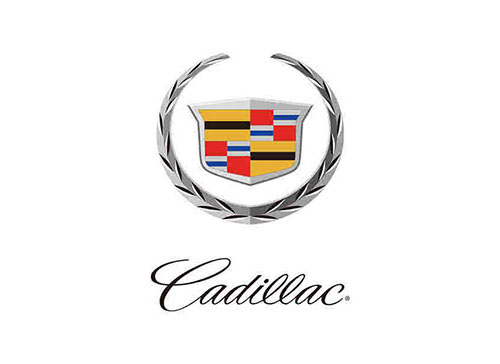
We would like to express our thanks for your down to earth support for rush orders. Requirements were rigid and delivery days were tight. However all orders were perfectly delivered. This is team can take challenge jobs.
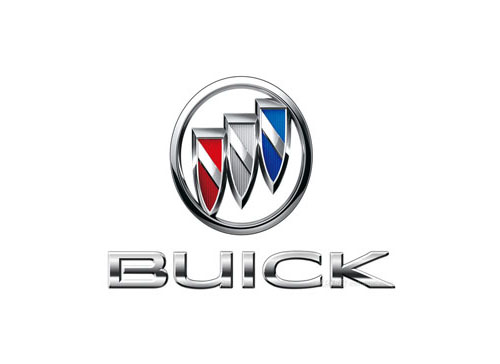
showy demonstrates professionalism. They enabled our purchasing process at ease. We don't have to juggle around managing various suppliers. You save the day. Great job!
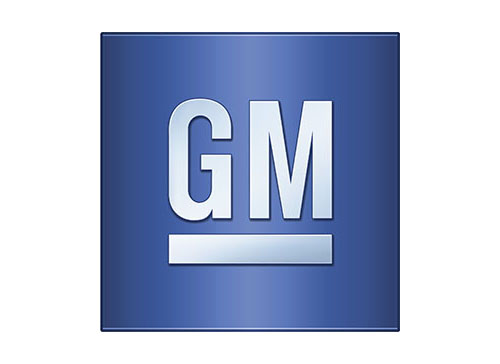
The 4 parts look great and work very well. This order was to solve a problem on some equipment, so only the 4 parts were needed.We were very pleased with your quality, cost and delivery, and will certainly order from you in the future. I have also recommended you to friends who own other companies.

The service at RapidDirect is phenomenal and Cherry has assisted us with great patience and understanding.Great service as well as the product itself, exactly what we asked for and works amazingly. Especially considering the small details we were requesting. Good looking produckt.
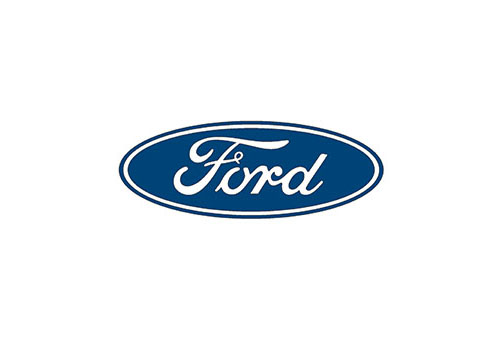
I couldn’t be happier with this order. The quality is as quoted and the lead time was very not only very fast and it was done on schedule. The service was absolute world-class. Thanks a lot to Linda Dong from the sales team for the outstanding assistance. Also, the contact with the engineer Laser was top-notch.
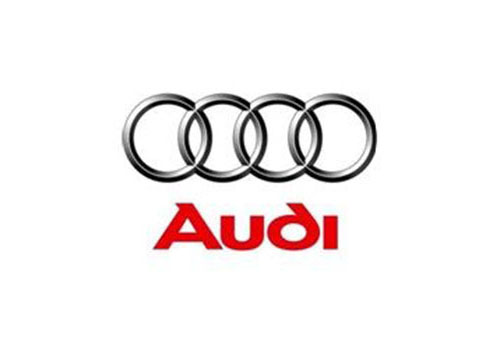
The parts promptly arrived today, Monday.They are very nicely manufactured, and they look great!Thank you for your excellent service. I hope to be in touch with you again in the future.
Machining is a widely used manufacturing process and one of the common processing methods in the manufacturing industry, used to manufacture various types of parts. Different types of parts require different processes to process to meet their specific requirements. Includes many different part types and machining processes. Here are some common machined part types and the machining processes commonly used for each type:
Shaft parts are usually cylindrical and are used for connection and rotation. Common shaft parts include bearing shafts, rotating shafts, transmission shafts, etc. Machining processes include turning, grinding and threading. Turning, the most common method, involves rotating the workpiece and removing material with a tool to obtain the desired size and shape. For bearing shafts with high precision requirements, grinding can also be performed. In addition, shaft parts may require drilling, reaming, tapping and other processing processes.
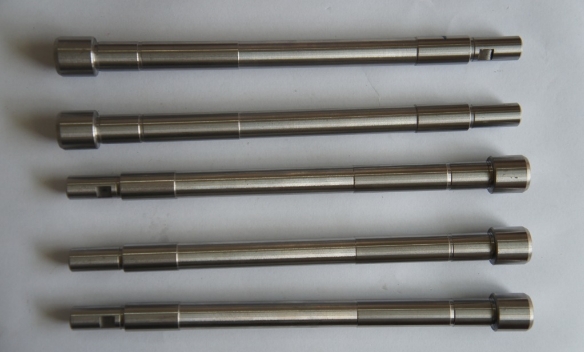
Gear parts include various types of gears, such as cylindrical gears, bevel gears, etc., which are usually circular. The processing of gears usually includes milling, gear cutting, gear hobbing, gear shaping, gear shaving, grinding and heat treatment. Milling is used to create the basic shape of the gear, while gear cutting is used to cut the teeth of the gear. Grinding can be used to improve the accuracy and surface quality of gears. Heat treatment is often used to enhance the hardness and wear resistance of gears.
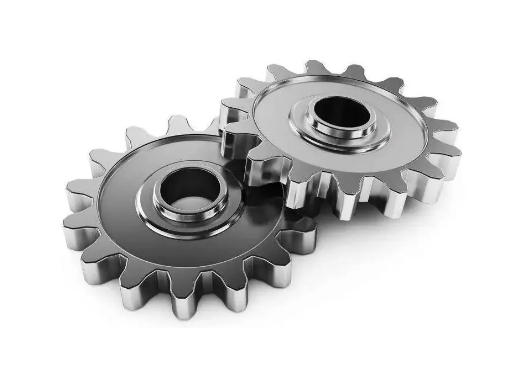
Bolts and nuts are common elements used to connect parts. They are usually round or cylindrical and require turning, cutting and threading. Turning is used to create the main shape of bolts and nuts, while cutting is used to cut threads. Threading typically involves single-point thread cutting and thread rolling.
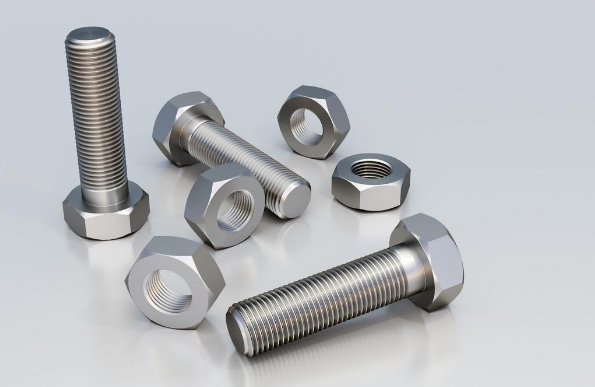
Plate parts include various types of flat plates, thin plates, metal plates, chassis, brackets, etc. Sheet metal parts are usually flat or curved. Processing techniques include surface grinding, milling, shearing, bending, stamping, welding and riveting. Shearing is used to cut the sheet into the desired shape, bending is used to bend the sheet, stamping is used to create holes and concave and convex or curved parts in the sheet, while welding and riveting are used to join different sheet parts together into a whole assembly .
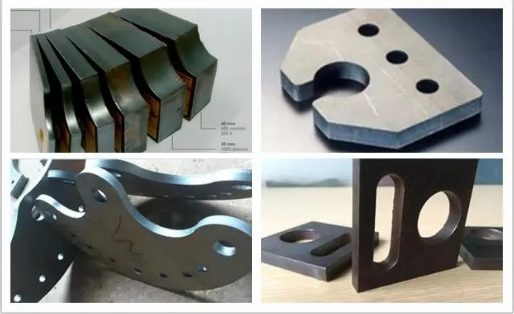
Sets of parts usually include bearings, sliding bearings, flanges, etc. These parts usually require internal turning, internal grinding, cylindrical grinding and other machining processes to obtain accurate diameter and roundness. In addition, sleeve parts may require drilling, reaming, tapping and other processing techniques.
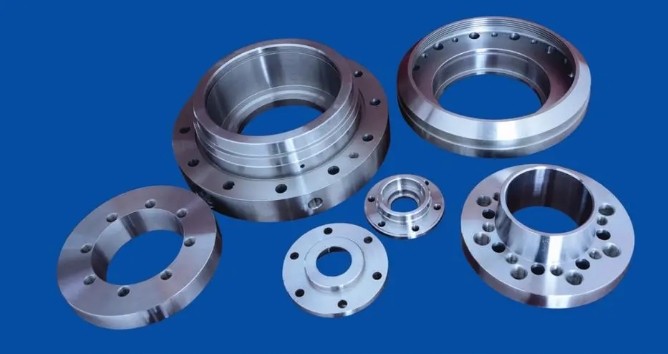
Block parts include various types of squares, rectangular blocks, cylinders, etc. These parts often require surface grinding, milling and other machining processes to obtain precise flatness and contours. In addition, block parts may require drilling, tapping and other processing techniques
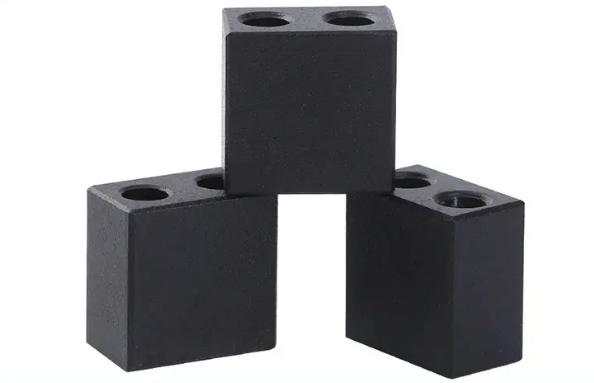
Cast parts are usually complex three-dimensional shapes, such as engine blocks, pump casings, etc. Machining processes include casting, grinding, turning and heat treatment. Casting is the primary method of making cast parts, where the shape of the part is created by pouring molten metal into a mold. Grinding, turning and heat treatment are then used to improve surface quality and accuracy.
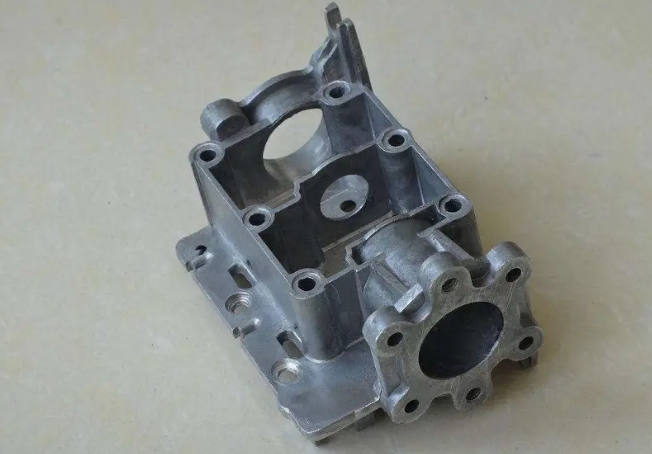
Box parts include various types of machine casings, machine tool beds, etc. These parts usually need to be planarized
Machining processes such as grinding and milling to obtain precise flatness and contours. In addition, box parts may require drilling, tapping and other processing techniques.
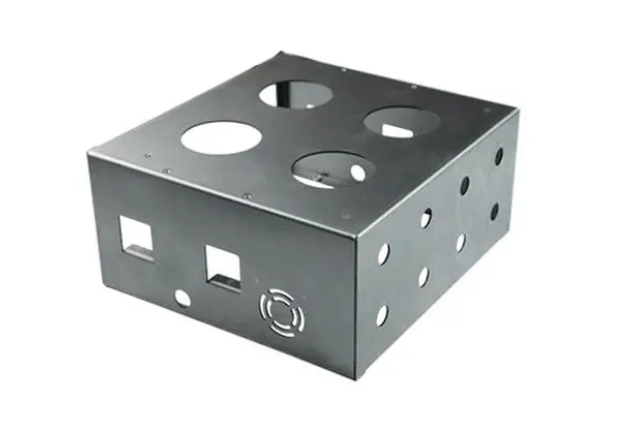
Electronic parts are usually small, such as circuit boards, connectors, etc. Processing techniques include cutting, stamping, welding and electroplating . Cutting and stamping are used to create shapes and holes for circuit boards, soldering is used to connect electronic components, and plating is used to protect and improve surface properties.
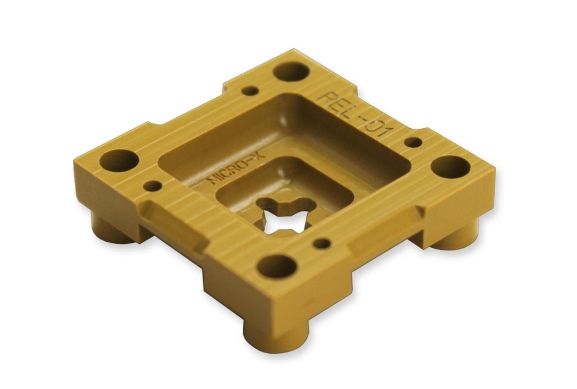
Plastic parts are commonly used in various applications such as injection molding, extrusion molding, and compression molding. Injection molding makes parts by injecting molten plastic into a mold, extrusion molding squeezes the plastic into the desired shape, and compression molding heats the plastic and shapes it in a mold.
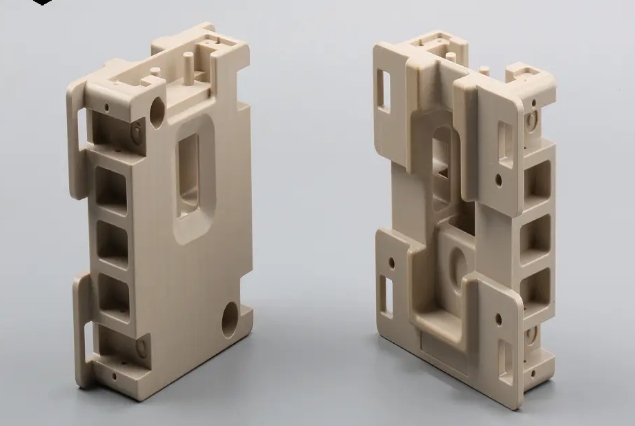
In addition to the above common types of machined parts, there are many other types of parts, such as special-shaped parts, free-form surface parts, etc. For each type of part, different machining processes can be used to achieve the required shape and size accuracy and surface quality. For example, for complex special-shaped parts, CNC machine tools can be used for multi-axis linkage processing; for free-form surface parts, three-coordinate measuring machines can be used for measurement and processing.
In summary, different types of parts require different machining processes to meet their specific requirements. Selecting the appropriate process and machining methods is critical to ensuring part quality, accuracy and performance. In actual manufacturing, the appropriate processing technology is usually selected based on the shape, material and requirements of the part to achieve the best processing effect.
The processing and customization of mechanical parts plays a vital role in modern industry. With the continuous development of industrial technology, the complexity, diversity, personalization and precision requirements of mechanical equipment are getting higher and higher. In this case, custom-made mechanical parts have become a key means to meet the needs of mechanical equipment. Choosing a suitable custom-made mechanical parts manufacturer can not only meet the company's processing needs, improve product quality and production efficiency, but also reduce production costs and enhance the company's market competitiveness. Therefore, for some parts with special needs, it is usually necessary to rely on professional custom-made mechanical parts manufacturers to meet the needs. This article will discuss how to choose a custom-made mechanical parts manufacturer that is suitable for you to ensure that your project goes smoothly;
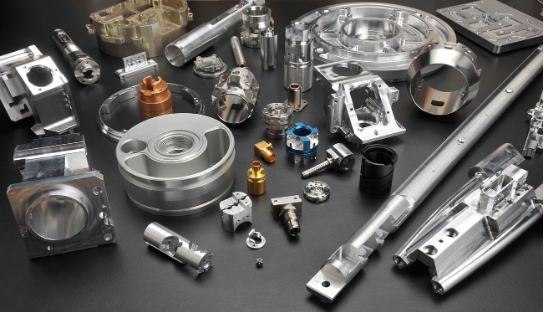
When choosing a custom-made mechanical parts manufacturer, you must first clarify the processing requirements of the parts. This includes the size, accuracy, materials, heat treatment, application environment and other requirements of the parts. Only with clear needs can we better screen manufacturers and ensure that the customized mechanical parts meet the actual needs of the enterprise. Different mechanical parts customization manufacturers may have different advantages, specialties and capabilities. Making sure you know your needs can help you find the most suitable partner.
When considering a custom-made mechanical parts manufacturer, you should pay attention to the manufacturer's processing advantages. This includes the manufacturer’s equipment, technology, experience, etc. An excellent custom-made mechanical parts manufacturer should have advanced processing equipment and professional technical personnel, and be able to provide high-quality processing technology and an experienced production management team. These advantages will directly affect the quality and production efficiency of parts. For example, some manufacturers are good at CNC machining and are suitable for making parts with complex shapes. Some manufacturers may focus on precision parts customization and focus on the manufacturing of high-precision parts. Understanding a manufacturer's processing technology and equipment can help you determine whether it is suitable for your needs.
When choosing a custom-made mechanical parts manufacturer, it is also very important to understand their experience and professionalism. Check out their past projects and customer reviews to see if you have experience with similar projects. It is often more secure to cooperate with manufacturers who have successfully completed similar projects before, because they have accumulated relevant experience and knowledge, which can avoid many mistakes or unexpected events.

When choosing a custom-made mechanical parts manufacturer, you need to understand its production capacity and production cycle. An excellent custom-made mechanical parts manufacturer should have sufficient production capacity to meet the company's order needs and be able to adjust production plans according to customer needs. At the same time, manufacturers should be able to provide accurate production cycle forecasts to ensure that companies can reasonably arrange production plans and improve overall production efficiency. Especially when large quantities are required, it is necessary and wise to choose a manufacturer with high production capacity.
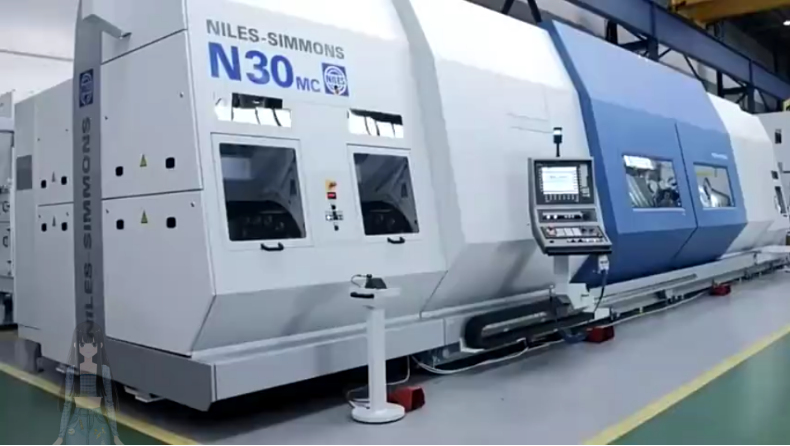
When choosing a custom-made mechanical parts manufacturer, quotation is also an important factor to consider. Different manufacturers may adopt different quotation strategies, so detailed price comparisons must be made when choosing. It should also be noted that not only the price itself, but quality is always the primary guarantee. At the same time, you should also consider whether the manufacturer's quotation includes other costs, such as logistics, taxes, etc. Comprehensive comparison of quotations from different manufacturers can better control the company's costs and ensure that there are no hidden fees.
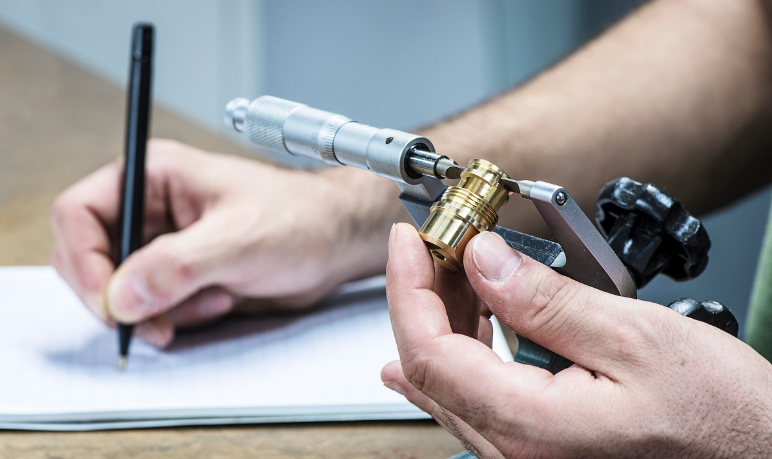
Last but not least, consider the after-sales service of the mechanical parts customization manufacturer. If problems arise during production or even during use or need to be modified, repaired, redone, etc., good after-sales service can help you solve the problem and ensure that the project proceeds as planned.
To sum up, choosing a custom-made mechanical parts manufacturer requires comprehensive consideration of many factors. First, we need to clarify the processing requirements of the parts, and then understand the manufacturer's processing advantages, experience, matching, production capacity, quotation and after-sales service. When screening manufacturers, pay attention to choosing manufacturers with advanced equipment and technology, rich experience and good after-sales service. Comprehensive consideration of these factors can help companies find the most suitable custom-made mechanical parts manufacturers, thereby providing strong support for the company's production and development.
CNC machining is a manufacturing process used to process metal or plastic blanks to produce products with high-precision finished shapes. CNC equipment is usually equipped with a movable workbench that can position the fixture components under the tool holder. The tool holder then rotates tools such as end mills and drills at a speed of thousands of revolutions per minute to process the blank. Different types of end mills Parts can be processed in different ways, from leveling to contouring to fine groove machining. Some CNC machines can tilt the part freely while cutting by adding a movable table, and in some cases the tool holder is in place. Free movement around parts. Whatever the case, there are 3-axis, 4-axis, 5-axis, and more machines that can handle the varying sizes and complexity of your project. CNC machining can produce a variety of high-precision, repeatable custom parts, whether it’s bezels, electronic component housings or particle accelerators.
Its production and processing process is mainly an intelligent mechanical process. It uses various software settings to transform the manual operation process and mechanical data settings into a mechanically specified operation process, reducing manual participation and improving production efficiency. It is a Intelligent mechanical operation process compared with traditional processing.
CNC precision machining is widely used in medical, aerospace, industrial, oil and gas, hydraulics, and other industries. A variety of materials can be CNC machined, and metals, plastics, glass, composites, and wood can be machined.
cnc turning are characterized by their ability to rotate (turn) material during machining operations. The lathe's cutting tool feeds in a linear motion along the rotating bar; this removes material around the circumference until the desired diameter and features are achieved.
A subset of cnc turning are CNC Swiss lathes (also called automatic lathes). Using a CNC Swiss lathe, the bar material is rotated and slid axially through the guide bushing into the automatic lathe, and then the cut parts are automatically processed. Generally speaking, CNC automatic lathes are suitable for processing small diameter parts.
cnc turning machining can create internal and external features on parts: including drilling, broaching, reaming, grooving, tapping, and threading. CNC lathes and turning centers make components including screws, bolts, shafts, joints and more.
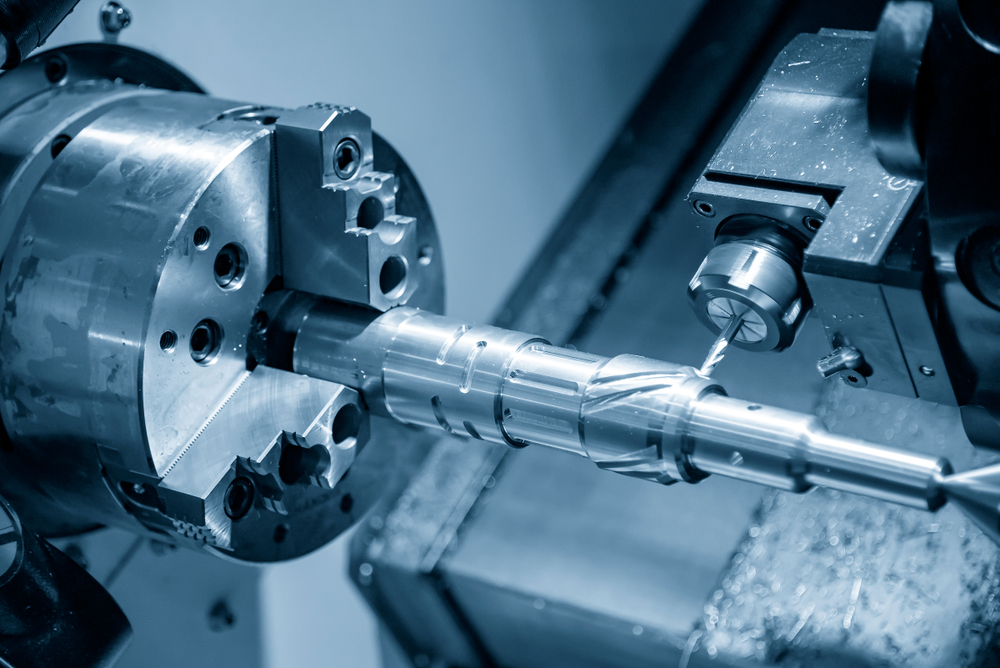
CNC milling machines feature the ability to rotate the cutting tool while keeping the workpiece/piece of material stationary. They can produce a variety of shapes, including face milling (shallow, flat surfaces and cavities in the workpiece) and perimeter milling (deep cavities such as grooves and threads).
Parts suitable for production on CNC milling machines are typically square or rectangular shapes with various features.
CNC milling processing is divided into 3-axis, 4-axis, 5-axis, turning and milling combined processing etc.
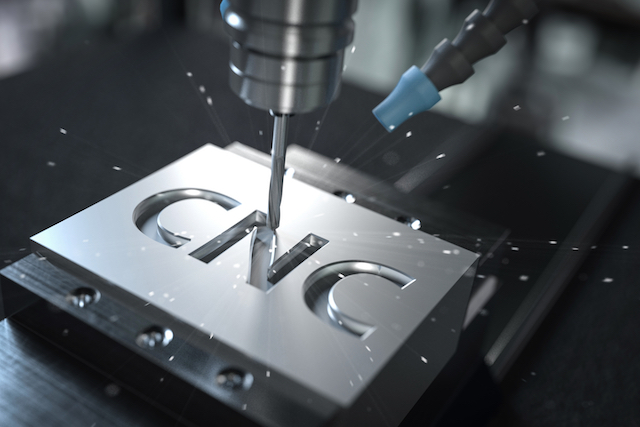
CNC laser machines have a pointed router with a highly focused laser beam that is used to precisely cut, slice, or engrave materials. The laser heats the material and causes it to melt or vaporize, creating cuts in the material. Typically, the material is in sheet form. The laser beam moves back and forth across the material to create precise cuts.
This process allows for wider design freedom than traditional cutting equipment (lathes, turning centers, milling machines) and often produces cuts and/or edges that do not require additional finishing processes.
CNC laser engravers are often used to mark (and decorate) machined parts. For example, logos and company names are difficult to machine with CNC turning or CNC milling processes. However, it is so easy to engrave with a CNC laser that you can use laser engraving to add it to the component even after the machining operation is complete.

CNC electrical discharge machining (EDM) uses a highly controlled electrical spark to machine materials into the desired shape. It may also be called spark corrosion, spark machining, or wire burning.
A component is placed under the electrode wires and the machine is programmed to emit electrical discharges from the wires, generating intense heat (up to 11,700°C). The material is melted or washed away with liquid to create the desired shape or features.
EDM is most commonly used to create precise micro holes, grooves, tapered or angled features, and a variety of other more complex features in components or workpieces. It is typically used to machine difficult shapes and sizes, often in very hard metals. For example, gears.
CNC plasma cutters are also used to cut materials. However, they do this using a high-power plasma (electron ionized gas) torch controlled by a computer. Functionally similar to handheld pneumatic guns used for welding (up to 5500 degrees Celsius), plasma guns can reach up to 27500 degrees Celsius. The plasma torch melts through the workpiece to create cuts in the material.
1. Preparation stage. In the preparatory stage of CNC processing, it is mainly to analyze the parts that need to be processed, determine the elements that need to be processed, and then draw the processing drawings of the parts. At the same time, it is also necessary to prepare the materials for processing and check whether they are qualified and compliant.
2. Data programming stage. According to the processing drawings prepared in the early stage, in the data programming stage, we need to first use computer software to design relevant programs, mainly the specific fixed-point direction and path of the parts during the processing process. Then write the relevant program sheet for parts printing, mainly using computer program diagrams to write, input independent variables and related functions, and you can perform automatic operations.
3. Carrier processing stage In the carrier processing stage, we need to debug the processing and production machine first, preheat it according to the needs of the consumables, and then input the previously designed processing program into the machine tool control unit. At the same time, the relevant coordinates need to be accurately set up, the tool path displayed, and then the program transferred to the relevant machine tool tool changer.
4.time observation is required to adjust the relevant data path in a timely manner according to the specific situation. Fourth, the formal processing stage. The formal processing stage mainly processes parts according to the previous settings. During this process, attention needs to be paid to the operation process and the safety door needs to be closed. If there is an abnormality in the machine, processing needs to be stopped immediately and reported.
showy is a Chinese CNC manufacturer with 19 years of experience and extensive experience in manufacturing. Compared to suppliers from the United States and European countries, prices are more affordable. Choosing Shuowei can help you reduce costs.
Customers in the US and EU can choose local or global manufacturing for CNC machined parts. Local orders are manufactured within your customs-clearance zones, allowing for shorter lead times (from 5 days) and faster delivery as there’s no need for shipments to clear customs. Global orders generally result in longer lead times at a lower price. The best option depends on the timeline and requirements of your project.
The main costs associated with CNC machining can be grouped into machining time, start-up costs, material costs, and feature costs. To reduce costs you need to understand the impact of these factors on cost.
The best way to reduce machining time is to design features that can be machined quickly, for example by choosing the correct radii for internal corners, reducing cavity depth, increasing wall thicknesses, limiting thread length and designing holes with standard sizes.
Material costs can be reduced by considering the size of the blank required, and the cost and machinability of the bulk material (softer alloys are faster to machine).
Start-up costs can be reduced by reducing the number part rotations or repositioning required to finish the part, for example by separating geometries into multiple parts that can be assembled later.
Feature costs can be reduced by only using tolerances when strictly necessary, removing all text & lettering, and avoiding multiple surface finishes.
Deburring and edge breaking are standard procedures for all CNC machined parts. If there are any critical edges that should be left sharp, they must be clearly indicated in technical drawings. Surfaces will be free of defects such as scratches, dents, stains, blemishes, hanging marks, minor defects. Surfaces indicated as critical (primary (a) side, as indicated on the technical drawing) will be free of mill steps and other marks. For the secondary (b) side, minor hanging marks and up to 2 minor defects are acceptable. A number of post-processing and finishing methods can be applied to improve the surface roughness, visual properties and wear resistance of machined parts.
we offer CNC milling (3-axis, 4-axis and 5-axis) and turning
3 axis:800*500*500mm
4 axis:850*550*550
5 axis:350*250mm
cnc turning:320*500mm
We guarantee that our manufacturing partners follow ISO 9001 standards for all CNC machined parts. Geometric tolerances down to ± 0004 in. (0.010 mm) are possible but must be clearly indicated in technical drawings. We can achieve tighter tolerances on haas machine with manual quoting and on occasion tighter.







